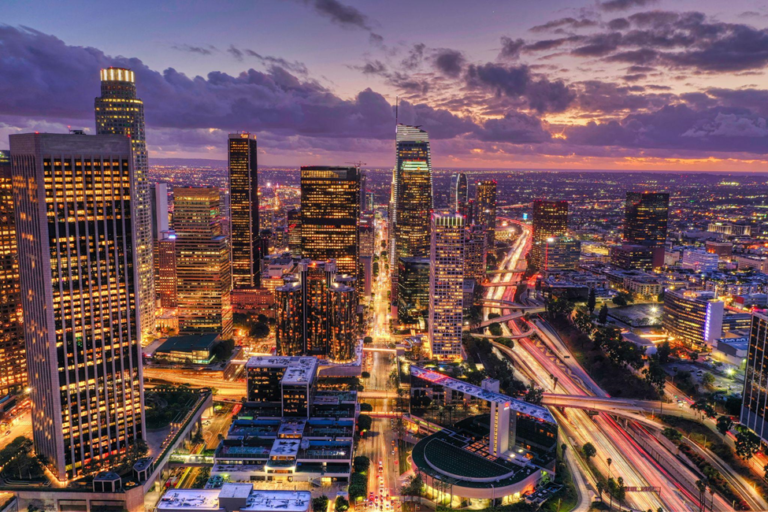Police Clearance in the Philippines: What You Need to Know
Introduction
Obtaining a police clearance in the Philippines is a standard procedure for many individuals. Whether you’re applying for employment, securing a business license, or preparing documents for travel, a police clearance serves as proof that you do not have a criminal record or any pending cases. This document helps foster trust and credibility, reflecting your character and honoring your legal obligations.
In this article, we will walk you through the process, requirements, processing time, fees, and other important details related to securing your police clearance in the Philippines.
What Is Police Clearance?
A police clearance is an official document issued by the Philippine National Police (PNP) or a local police station certifying that a person is free from any criminal offenses or arrest warrants. It is often used by prospective employers, educational institutions, or government agencies to aid their background checks.
The police clearance serves as a testament to your character, credibility, and conformity with the country’s legal standards — reflecting your ability to contribute positively to society.
Requirements for Police Clearance in the Philippines
To apply for a police clearance in the Philippines, you need to prepare a few essential documents. These typically include:
- Valid identification (such as a voter’s ID, passport, or driver’s license).
- A community tax certificate (cedula).
- An application form (available at your local police station).
- The applicable processing fee (typically Php 100– Php 160).
- Some stations may require additional documents, especially if there are cases, disputes, or other issues related to your application.
It’s a good practice to bring multiple copies of your IDs and other documents, just in case additional copies are needed during your application process.
How to Apply for Police Clearance in the Philippines
Applying for a police clearance in the Philippines involves several simple steps:
- Step 1: Gather Your Documents — make sure you have a valid IDs, community tax certificate, and application form.
- Step 2: Visit Your Local Police Station — proceed to the nearest police station that issues clearances.
- Step 3: Fill Out Application Form — complete all the necessary details honestly and accurately.
- Step 4: Pay the Processing Fee — submit the payments at the cashier’s window.
- Step 5: Capture Biometrics — your fingerprint, photo, and signature will be taken for record-keeping.
- Step 6: Wait for Release — typically, your police clearance will be ready within 15–30 minutes.
Some stations may have implemented an online application process, allowing you to book a schedule and pay in advance. This can help ease congestion and shorten waiting periods.
Validity and Use of Police Clearance
A police clearance is typically valid for six months from the date of issuance. After this period, it expires and cannot be used for further applications. The main purpose of a police clearance is to aid organizations and institutions in assessing whether a person might pose a risk or be involved in unlawful activity. It is frequently used by:
- Job applicants
- Immigration services
- Educational institutions
- Security firms
- Credit companies
- Local and international organizations requiring character verification
Some companies may reuse or validate the document if it’s still within its expiration period, while others may require you to submit a new or updated police clearance.
Tips for a Smooth Application Process
To make your application for police clearance as smooth as possible, consider following these helpful tips:
- Bring multiple IDs. Some stations may require additional identification documents.
- Fill out forms completely and accurately. Providing complete information helps avoid delays.
- Consider booking online if available. Some police stations enable you to book an appointment in advance.
- Avoid wearing heavy makeup or hats. This guarantees your photo will be clear for identification.
- Dress appropriately. Some stations prohibit wearing shorts or sleeveless tops, reflecting their policy for a professional setting.
Checking your application’s progress, following up if there’s a delay, and keeping a backup copy can aid in navigating the process efficiently.
Conclusion
Obtaining a police clearance in the Philippines is a crucial step in many employment, educational, or financial processes. It serves as a testament to your character and credibility, affirming your compliance with the country’s legal standards. While the process might seem somewhat cumbersome, following the proper procedure and preparing all necessary documents can make it a smooth and stress-free experience. Always make sure to apply well in advance of your deadline to account for processing time and avoid any last-minute complications.





